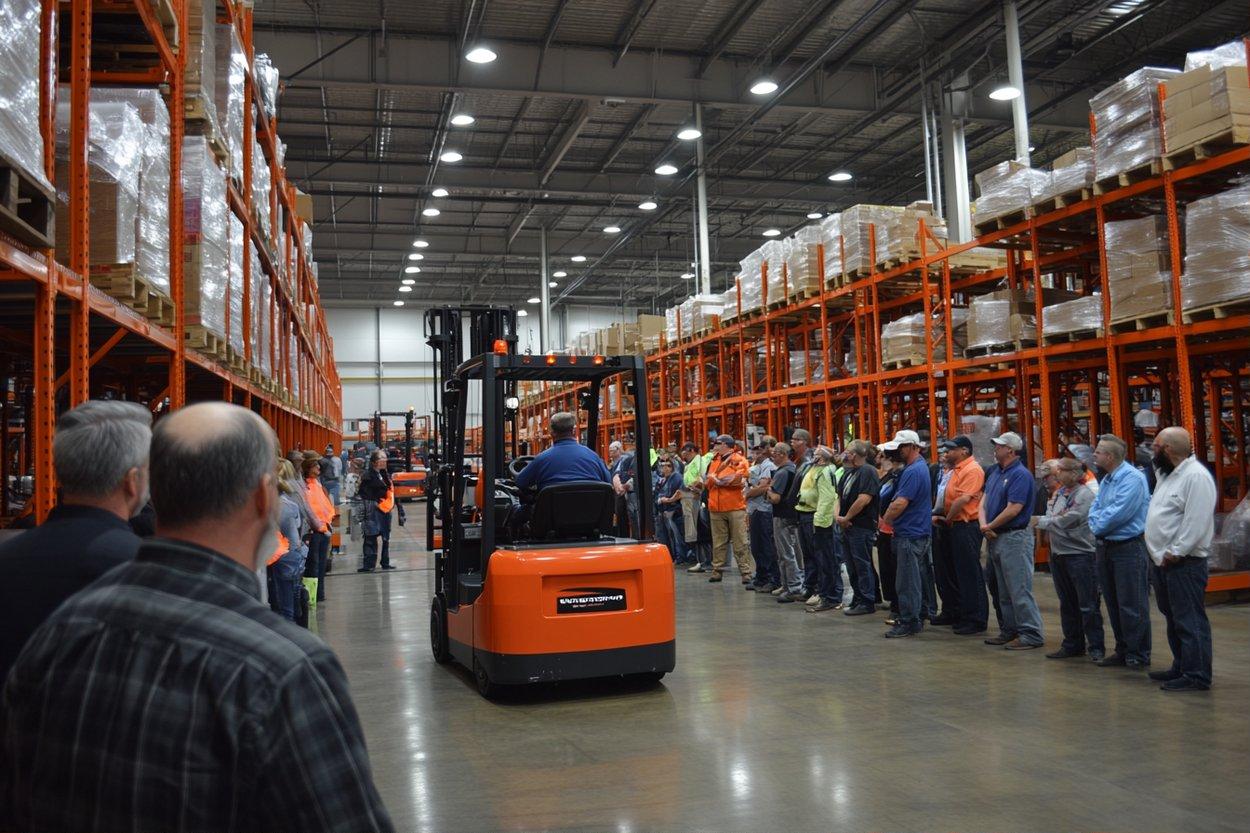Smart Storage Units: Keep Furniture and Boxes Safe During Moving
Finding the right storage unit can make moving, downsizing, or decluttering far less stressful. A well-chosen unit protects furniture and boxes from damage, simplifies access during transitions, and helps you maintain order over time. This article explains what storage units offer, how to pack and protect belongings, and practical organization strategies so your stored items remain usable and easy to retrieve.

What is a storage unit?
A storage unit is a rented space—often in a self-storage facility or warehouse—designed to hold personal or business items for short- or long-term needs. Units vary by size, access hours, security features, and whether they are climate-controlled. When choosing, consider what you’ll store (furniture, documents, seasonal goods), how often you’ll need access, and whether temperature or humidity protection is important. Many facilities offer online size calculators and maps to help you pick a unit that fits your needs and budget. Check local services for reviews and amenities before committing.
How to store furniture safely?
Protecting furniture starts before it goes into the unit. Disassemble larger pieces when possible to reduce risk of warping and to maximize space. Wrap wood and upholstered items in breathable covers to prevent dust and pests; avoid plastic sheeting that can trap moisture against surfaces. Place heavier pieces like dressers and sofas on pallets or raised shelving to keep them off the floor and reduce exposure to debris and potential flooding. Store table tops vertically to reduce pressure on joints, and pad corners with blankets or foam. If climate-controlled units are available and you have antiques or leather furniture, opt for them to guard against extreme temperatures and humidity.
Best practices for packing boxes
Use uniform, sturdy boxes when packing; standard sizes stack more efficiently and reduce shifting. Label each box clearly on multiple sides with contents and a category (e.g., kitchen, linens, fragile) to speed retrieval. Place frequently needed items near the front of the unit. Pack heavier items into small boxes and lighter items into larger ones to avoid crushing. Use bubble wrap or kraft paper to protect fragile items, fill gaps with packing paper to prevent movement, and seal boxes securely. Consider transparent plastic bins for items that require moisture protection or quick identification. Keep an inventory list—digital photos and a simple spreadsheet are highly effective.
How can storage units simplify moving?
Storage units act as a transition zone during moving: they allow you to stage items, keep essentials separate, and pace the unpacking process. Load items into the unit in the reverse order you plan to unload; this makes the retrieval sequence intuitive and reduces double-handling. Use furniture pads and straps while loading and unloading to minimize damage. Measuring doorways and unit dimensions ahead of time prevents surprises on moving day. If you’re hiring movers, coordinate their arrival with your reserved access hours and confirm whether the facility offers loading docks, carts, or dollies. Many facilities work with local services—movers, packing suppliers, and transport companies—that can simplify logistics.
Tips for long-term organization
Think vertically: shelving units inside the storage unit dramatically increase usable space and make boxes more accessible. Create clear aisles and leave space to walk so you can inspect belongings without unpacking everything. Use a color-coded labeling system and keep a master inventory stored digitally in the cloud for quick reference. Rotate items seasonally—store off-season clothing toward the back and rotate when needed. Periodically inspect your unit for signs of pests, leaks, or moisture buildup; include silica gel packs in boxes with sensitive materials and avoid storing perishable or flammable items. If you plan long-term storage, schedule a yearly check to reassess what still needs to be kept.
Conclusion
A thoughtful approach to choosing and using a storage unit saves time, protects belongings, and reduces stress during moving or reorganizing. Prioritize unit features—size, climate control, security—and combine smart packing (sturdy boxes, clear labels) with efficient layout (shelving, aisles, pallets) to extend the life of furniture and boxed items. With proper preparation and occasional maintenance, storage units become a reliable extension of your home or business space.






